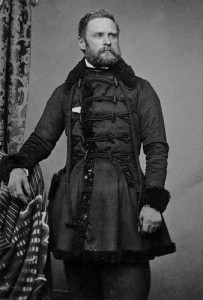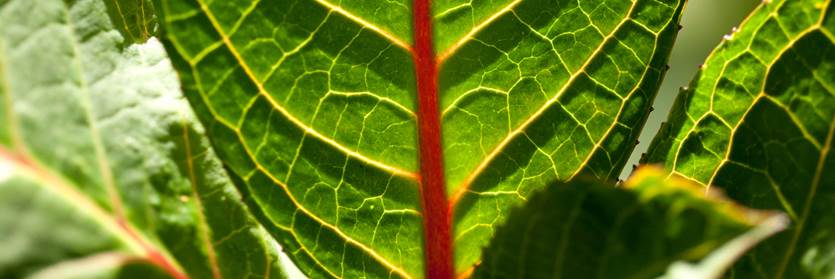A New Species of Tropical Tree with “Roots” in the History of International Commerce
Posted in New Plant Discoveries on October 21, 2013 by Benjamin Torke
Benjamin M. Torke is an Assistant Curator at the Garden’s Institute of Systematic Botany. His specialty is legumes, a large plant family that includes not only beans and peanuts but also hundreds of rainforest tree species.

As an avid history buff, I get excited when my research on neotropical legumes turns up unexpected historical connections. In one recent example, the discovery of a new species of tree shed light on a mostly forgotten episode in the 19th-century international struggle to control shipping commerce.
From 1857 to 1860, Arthur Carl Victor Schott—a topographical engineer, cartographer, naturalist, and artist—was part of a U.S. Army-sponsored expedition to survey a route for a transoceanic canal from the Atlantic to the Pacific oceans, one that passed through nearly impenetrable tropical rainforests in the Darien region of northwestern Colombia. The expedition was destined to become a historical footnote—an alternative route through what is now Panama was ultimately chosen for the now-famous canal—but a small collection of dried plant specimens that Schott gathered during the expedition have ongoing importance.
